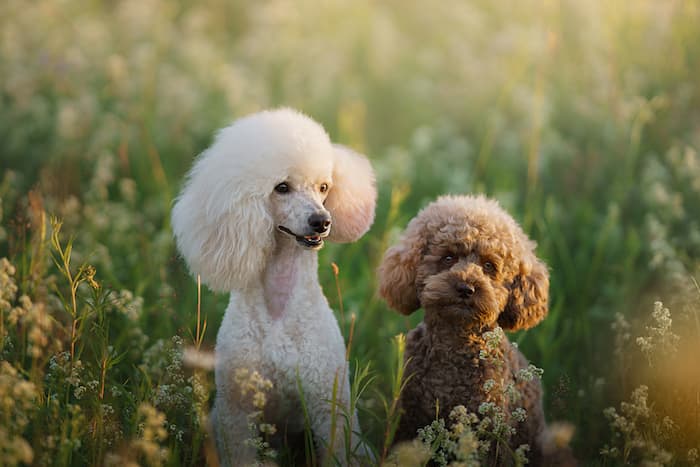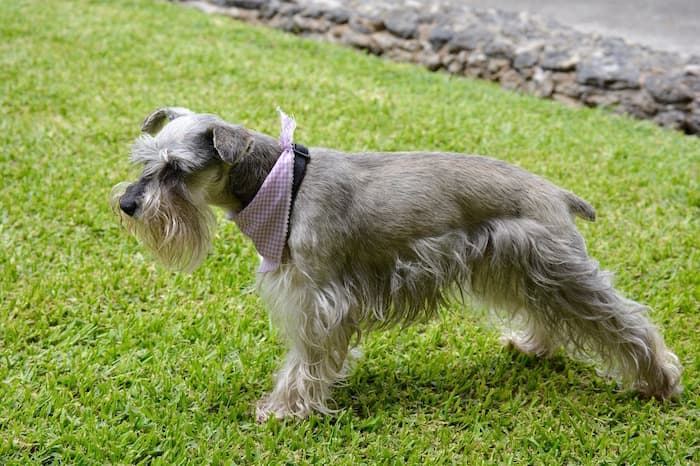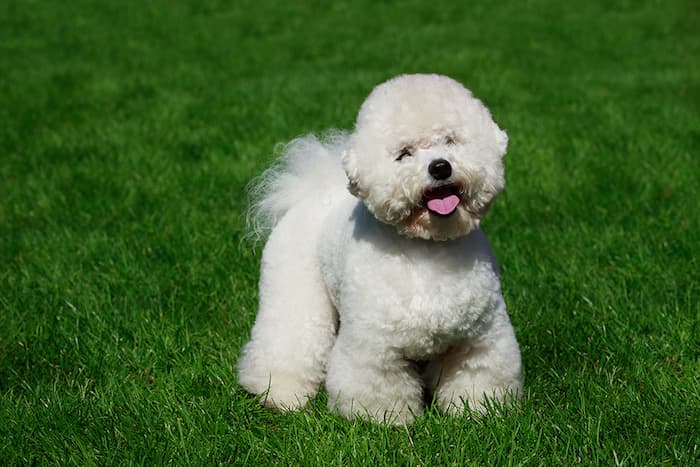Have you ever wondered about hypoallergenic dogs? They’re often seen as the perfect solution for dog lovers cursed with sneezing, itching, and wheezing from being allergic to their furry friends. In essence, hypoallergenic dogs are breeds thought to be less likely to trigger allergic reactions. They’re often characterized by two distinct features: producing less dander and shedding less fur, both of which are believed to help lessen allergy triggers.
Consider this: nearly 7 out of every ten households in the United States are home to a pet. That’s a lot of furry (or scaly, or feathery) companions! However, many people suffer from animal allergies, and this is particularly prevalent among individuals who have other allergies or asthma. In fact, allergies to pets affect a significant 10 to 20% of the world’s population.

Imagine the struggle for those folks. Being a part of this community of animal lovers and yet, something as natural as petting a dog could set off a series of unpleasant allergic reactions. This is where the allure of hypoallergenic dogs comes in. They seem like the perfect answer, a way to enjoy the companionship of a canine without the allergic aftermath.
However, the truth is a tad more complicated than that. So, here are some common myths and misconceptions about hypoallergenic dogs.
Myth #1: “Hypoallergenic dogs do not cause allergies”
Ever walked into a room and almost instantly, your nose starts twitching? You might be reacting to the allergens in the air. When it comes to dogs, these allergens are usually proteins found in their dander, urine, and saliva. Interestingly, some of the least smelly dogs also happen to be hypoallergenic breeds, but scent and allergens are not necessarily related.
If hypoallergenic dogs release fewer allergens, they can’t cause allergies, right? Not quite. Research indicates that any dog, regardless of breed, has the potential to cause an allergic reaction, given that they all produce some amount of dander. So, while hypoallergenic breeds might be a better choice for people with allergies, they aren’t a guaranteed solution.
Myth #2: “Allergies are only triggered by dog hair”
Picture this: you’re cuddling your favorite four-legged friend, then you start sneezing. Is it the hair? While dog hair may carry allergens, the real culprits are often the microscopic flakes of skin (dander), as well as proteins in the dog’s saliva and urine.
Dog hair can contribute to allergies because it can carry these allergens around the house. However, it’s not the hair itself that causes allergic reactions. It’s what comes with it. Remember that even if you get a low-shedding or hypoallergenic dog, you may still experience an allergic reaction.
Myth #3: “All hypoallergenic dogs are small”
Quick pop quiz: What do a Poodle, a Giant Schnauzer, and an Afghan Hound have in common? They’re all hypoallergenic breeds, and they’re definitely not small. It’s true that some hypoallergenic breeds are on the smaller side, like the Maltese or Bichon Frise, but there are plenty of large breeds too.
The misconception probably comes from the fact that smaller dogs may have less hair and dander simply because of their size. But size and hypoallergenic status don’t necessarily go hand in hand. If you’re allergic to dogs, it’s important to do your research before choosing a breed. There are many factors to consider, such as the dog’s size, coat type, and shedding habits. It may also help to consult a veterinarian or allergy specialist for more personalized advice.

Myth #4: “There are purebred hypoallergenic dog breeds”
You might believe there’s a list of purebred hypoallergenic dog breeds that can guarantee you a sniffle-free life. Unfortunately, that’s not the case. Allergies are complex and largely depend on an individual’s immune system and response to specific allergens. This means that even within breeds touted as hypoallergenic, some dogs might still trigger allergic reactions in individuals prone to allergies.
Studies suggest that there’s no significant difference in the amount of allergens found in homes with hypoallergenic breeds and homes with other breeds. This doesn’t mean certain breeds won’t be better for some people, but it emphasizes that there’s no surefire breed for everyone.

Myth #5: “Hypoallergenic dogs require less maintenance”
A common misconception is that hypoallergenic dogs are some sort of all-in-one package—less sneezing, less fur around the house, and less overall maintenance. Well, it’s time to set the record straight. While hypoallergenic dogs might make your allergies more manageable, they can sometimes require more maintenance, not less.
Some hypoallergenic breeds have hair rather than fur, which, much like human hair, needs regular trimming and can become matted if not cared for. Others might not shed, but their skin may require particular care to prevent dryness or irritation.
Looking after a hypoallergenic dog can take a bit more time and effort, but that doesn’t mean it has to be a daunting task. One useful tip is to stay consistent with your pet’s grooming schedule. Regular baths, brushing, and hair trims will not only keep your dog clean, but may also help control the spread of allergens.
Professional training and boarding facilities can be a godsend here. Imagine a place where your four-legged friend gets the care they need, from grooming to behavioral training—a place that understands the unique needs of hypoallergenic breeds. Some pet care centers even offer a range of services, from group classes, private lessons, to daycare services.
Remember, maintaining your hypoallergenic dog’s grooming routine not only helps you manage potential allergens but also contributes to their overall health and happiness.
Final thoughts
Caring for a pet at home, whether hypoallergenic or not, is no small matter. It’s about more than just allergy management; it’s a commitment to provide a caring environment for your new companion. Be proactive; seek advice from breeders, vets, and dog trainers to choose a breed that suits your lifestyle and to learn about managing allergens effectively.
Remember, pet ownership isn’t just about dealing with allergies. It’s about comprehending your pet’s various needs, from nutrition to exercise to grooming. Your furry friend relies on you for their well-being. In exchange, they enrich your life with pure joy, companionship, and unwavering affection.
